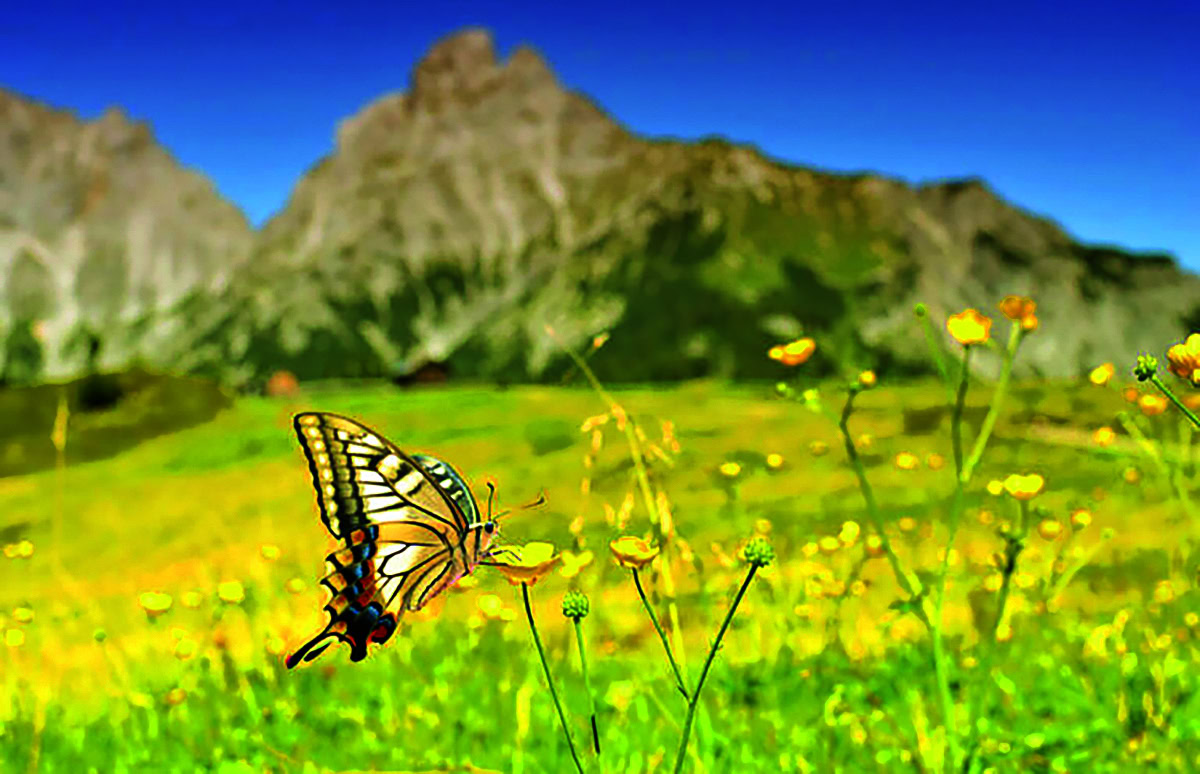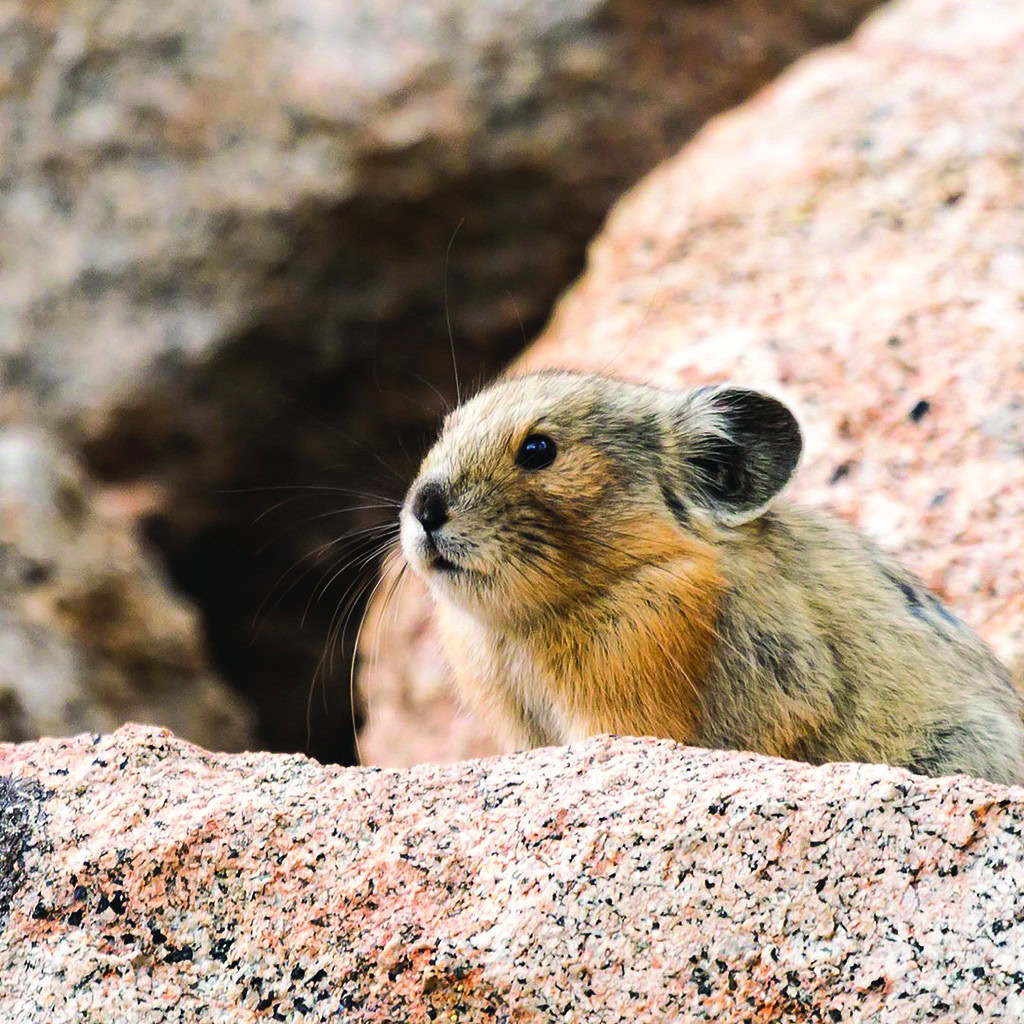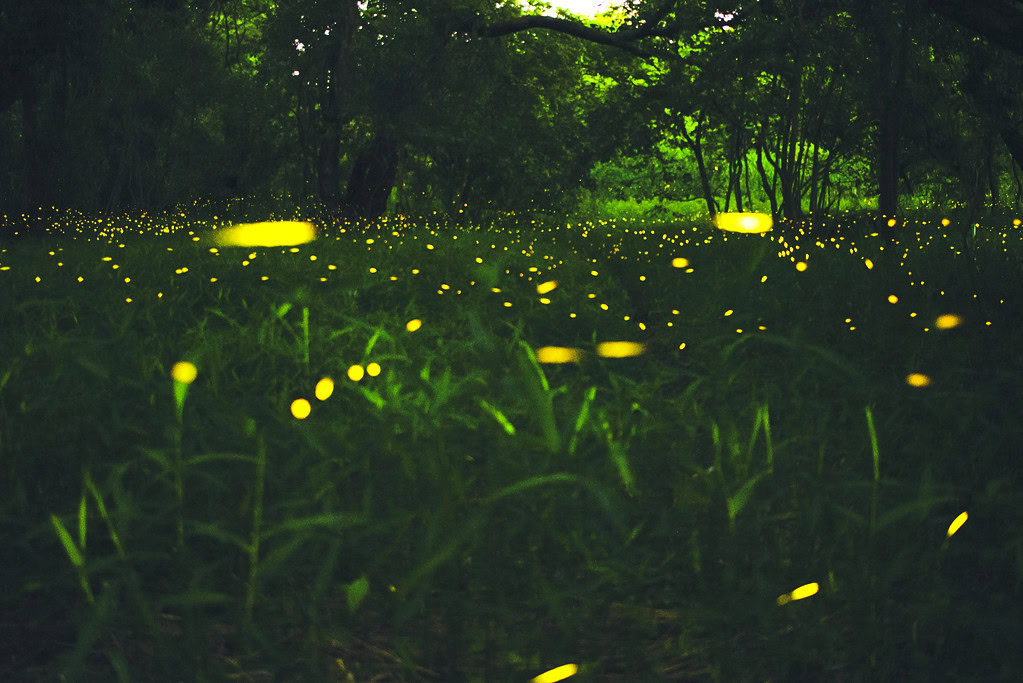
Citizen science (also known as community science) is a great way to help protect fragile ecosystems and endangered or vulnerable animal populations without being a scientist yourself. Some citizen science projects are seasonal, including the Audubon Christmas Bird Count and Great Backyard Bird Count in February. Some may require training or be age-restricted.
I remember grabbing rocks from a quarry as a kid (they had fewer safety precautions back then) and banging them open on my driveway looking for a hidden fossil or geode inside. I did not become a geologist, but it did fuel my interest in science and the world around me well into adulthood.
Here are some ideas for scientists of all ages in Boulder County.
Boulder County Nature Association
The Boulder County Nature Association offers opportunities for research and monitoring of some of the most vulnerable populations in the county: birds. One of the biggest programs is the Winter Raptor Survey to locate concentrations of raptor nests and to monitor the poisoning efforts of prairie dogs in areas known for raptor rooting and hunting. Tracking burrowing owls’ dens in prairie dog territory helps to protect young offspring; older citizens can help with bird banding. The Indian Peaks Bird Count helps document the presence of species.
Volunteer opportunities include helping with golden eagle nest closures and more.
Boulder County Wildlife Project
The Boulder County Wildlife Project, also known as “Wild Boulder,” is based on tracking wildlife observations. Home to a diverse population of animals including mammals, amphibians and insects, Boulder County citizens can help by recording their sightings using the iNaturalist app with observation locations, times and dates along with photos.
This is one of the few projects that runs year-round to help the Boulder County Wildlife Organization understand local animal behavior patterns.
Colorado Butterfly Monitoring Network
Led by the Butterfly Pavilion, the Colorado Butterfly Monitoring Network (CBMN) was established in 2013 to record and observe butterfly populations several times a year at designated locations. With butterflies playing an important role in the ecosystems of Colorado, ensuring a healthy population is necessary for conservation.
The Monarch Joint Adventure is a species-specific national monitoring program during seasonal migration through Colorado and other states mid-June through September.

Colorado Pika Project
The dual-purpose Colorado Pika Project aims to protect the cute little guys that greet you with song on the top of the mountain and the fragile alpine ecosystem where they live. While enjoying the outdoors, you can also help monitor the effects of climate change including warmer temperatures, droughts and habitat loss — one of the biggest environmental factors affecting Colorado today.
There are two ways to get involved: long-term data collection and on-the-go collection through the Pika Patrol app.
Denver EcoFlora Project
Launched in 2020, the Denver EcoFlora Project has two main goals citizens can help with: collecting data to help make informed decisions on conservation and land management, and observing and protecting native plant species from Boulder to Denver using the iNauralist app. Monthly EcoQuests target specific plant species using iNaturalist to collect the data.

Firefly Lifecycle Project
To reestablish healthy wild firefly populations in Colorado, the Firefly Lifecycle Project through the Butterfly Pavilion rears offspring each year and helps raise them to adulthood. Citizens can help by tracking firefly sightings via butterflies.org/colorado-firefly-watch and protecting wetland area firefly habitats. Reducing light pollution also lends a hand.
Light Pollution
An international outreach program, the premise behind Globe at Night is to reduce light pollution worldwide. According to the Natural History Museum in the U.K., the night sky gets 10% brighter worldwide every year as it becomes more light polluted, impacting wildlife and representing “wasted energy.” Simply use a smartphone or computer to measure the pollution in your town and take action to reduce light pollution.
The City of Boulder has a dark sky ordinance to promote energy conservation, safety and reduction of light pollution. Some of the best practices from Dark Sky Colorado include using lights only when necessary, aiming them toward the ground and picking warmer colored bulbs.

Native Bee Watch
From your Colorado backyard to your favorite field of wildflowers, collecting information on native bees can help keep the population growing by monitoring twice a month.
With over 1,000 native bee species monitoring ensures pollinators can continue to help grow nuts, vegetables and fruits — more than one-third of the human diet.
This program is available statewide through Colorado State University Extension. If you want to extend your impact, the Bumble Bee Watch is a national program.
Read about more fun things to do with your kids
